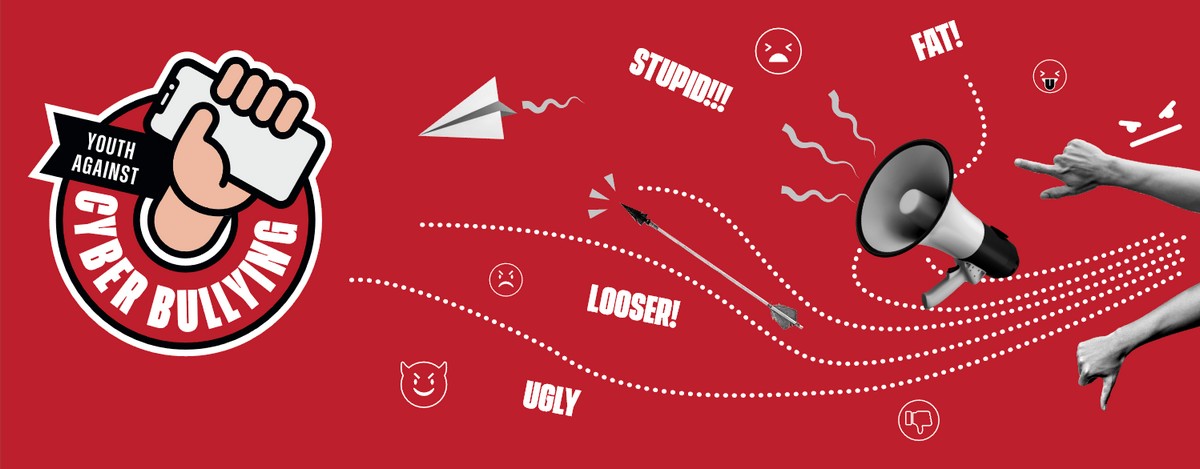Project Description
Cyberbullying is a term that we encounter more and more often today. With the advancement of technology and social networks, life has become easier for some, while it has become much more difficult for others. The violence spread to social media and disturbed the children’s peace and security at home.
Although there are numerous preventive programs of peer violence in schools, few of them are focused on cyberbullying. Their biggest drawback is that the help is aimed at “face-to-face” violence and addresses only victims and perpetrators, while observers and the environment remain unnoticed as participants in the violence. Therefore, it is very important to train teachers and professional associates to identify the child’s role in the cycle of violence and to respond adequately so that the young person can heal and grow up in a stimulating social and emotional environment. When the school and all school employees are recognized as supportive, students are more likely to seek help and accept advice or conversation.
In order to make the school a safe place for students, school staff can include cyberbullying prevention measures in their program. If the school does not have the capacity for this, teachers can incorporate the following tips into their curriculum and make their classrooms a safe place where children can feel free to talk about cyberbullying:
– Demonstrate that a classroom is a safe environment :
Provide resources in the classroom to help students identify, respond to, and avoid cyberbullying, and inform them about available help-line numbers.
– Incorporate lessons on cyberbullying into your existing curriculum :
Make time to address cyberbullying directly, but also find connections between the topic, and the material that you are already teaching. No matter what subject you teach, links are always possible to find, and they require little time for preparation.
– Intervene early :
If you notice (cyber)bullying behavior, act immediately. Don’t wait until a bullied child, or a bystander asks you for help because that might not happen.
– Offer protection to the bullied person :
Aim to maintain the privacy of the person who is bullied and doesn’t discuss his/her/their situation or problem in front of his/her/their classmates.
– Include the parents :
Arrange meetings with parents of the bullied person, as well as of the person who bullied, let them know what happened, what the school is doing about it, and what they can do to support their child.
– Monitor the situation :
Don’t assume bullying has stopped only because the school intervened. Keep in touch with the bullied person to know how things are developing and if the person needs additional help or support.
In order for teachers to respond adequately and provide support to everyone involved in cyberbullying, it is important to distinguish and recognize the different roles that children can play in this process, which go beyond just the child who acts abusively and the child who suffers abuse. To respond to the needs of the children adequately, follow these tips:
– Notice :
Pay attention to changes in behavior that may be a sign that a person is being bullied (increase or decrease in phone use, hiding their screen and refusing to talk about it, avoiding social situations, dropping grades, losing interest in activities) and explore the causes.
– Listen to the bullied person :
Don’t jump to conclusions. Ask open questions and let the person say in his/her/their own words how he/her/they feel and guide them to get the support they need.
– Be persistent :
Understand that it may be hard for the person to open up about being bullied and that bullying won’t end overnight. Commit to making it stop and support the bullied person consistently.
– Address the bullying behavior :
It is important that a person who is bullying knows why his/her/their behavior is not acceptable and shows him/her/them that that kind of behavior is taken seriously. Also, work with him/her/them to understand the reasons why they decided to engage in bullying behavior.
– Address the bystanders :
Even if a person wasn’t bullied or didn’t engage in bullying behavior, he/her/they may be affected by it. Make him/her/them feel safe and teach them what they can do if they find themselves in that situation again.
By: Azra Ayyash


